Space station delivery includes worms and mice
Astronauts on the International Space Station have taken delivery of super-muscled mice, pest-killing worms and a robot that can sense how the astronauts are feeling

READING LEVEL: GREEN
SpaceX has made an early Christmas delivery to the International Space Station, bringing muscley “mighty mice,” pest-killing worms and a robot that can sense how the astronauts are feeling.
The station commander, Italy’s Luca Parmitano, used a large robot arm to grab onto the SpaceX Dragon cargo spacecraft three days after its launch from Cape Canaveral, US. The two spacecraft soared 420km above the South Pacific Ocean at the time.
“Whenever we welcome a new vehicle on board, we take on board also a little bit of the soul of everybody that contributed to the project, so welcome on board,” Parmitano told Mission Control.
It marks the third visit for this Dragon. Flight controllers quickly secured the capsule to the space station, before the hatch opened and unloading began.
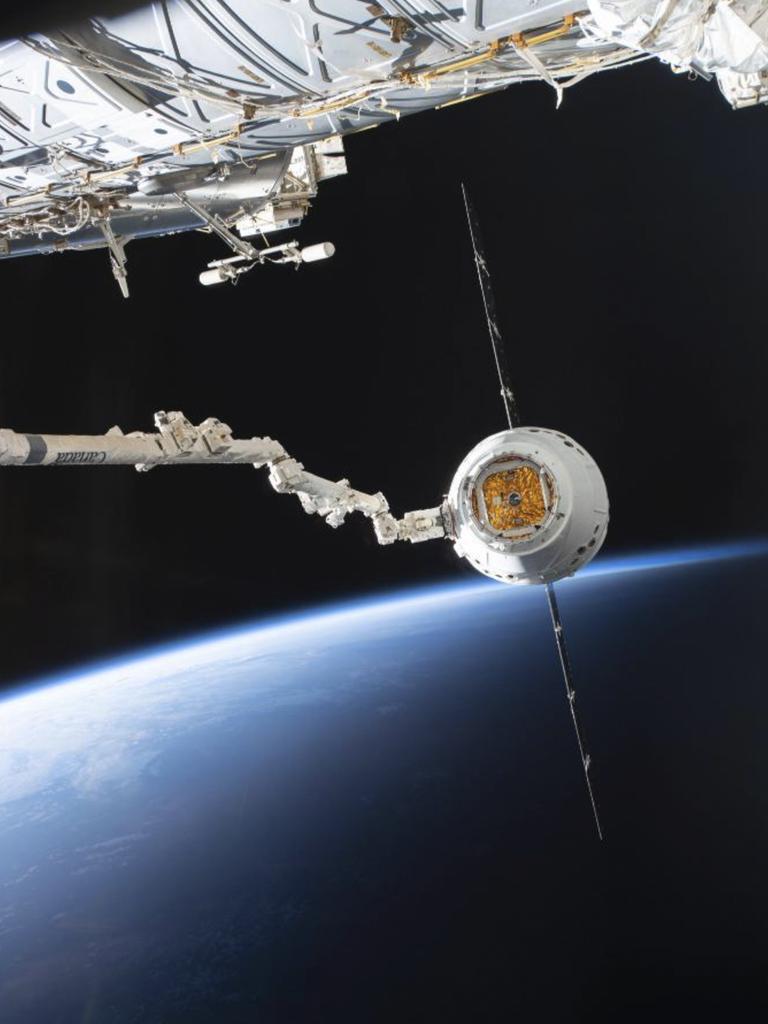
The capsule held 2720kg of supplies, including 40 mice for a muscle and bone experiment. Eight of them are genetically engineered* with twice the normal muscle mass — and so are considered “mighty mice.”
There are also 120,000 roundworms, or nematodes, of a beneficial* variety that are part of an agricultural study aimed at controlling pests here on Earth.
The capsule also has a large, round robot head with artificial intelligence and the ability to sense astronauts’ emotions. Named Cimon, it’s an improved version of what flew up last year to be tested as an astronaut’s helper.
NASA has tucked some Christmas presents in the shipment for the station’s six-person crew as well.
It’s SpaceX’s 19th delivery to the orbiting outpost for NASA over the past seven years.
Another shipment — this one launched by Russia from Kazakhstan on Friday – is due to arrive on Monday night Australian time.
VIEWS FROM SPACE
Many astronauts who work on the International Space Station take their cameras with them and take amazing photos.
We’ve picked some of the best views of Earth, from violent volcanic eruptions to mega-storms. Which one do you like best?
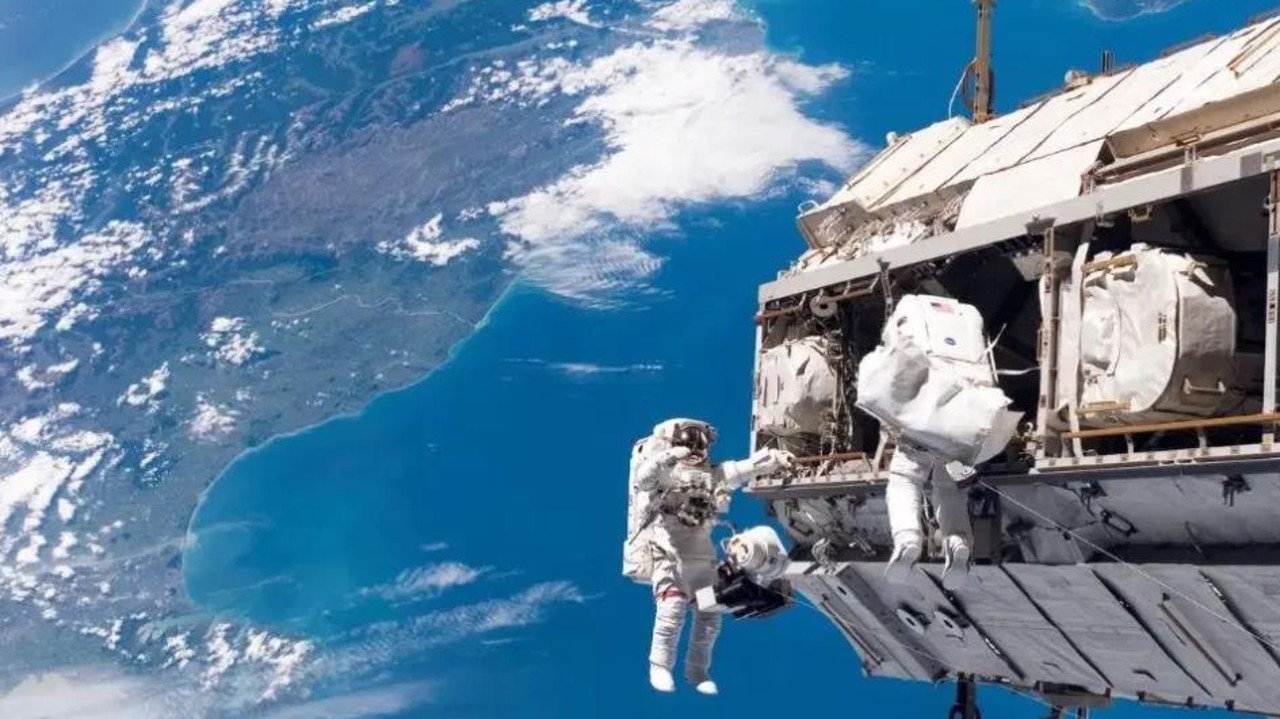
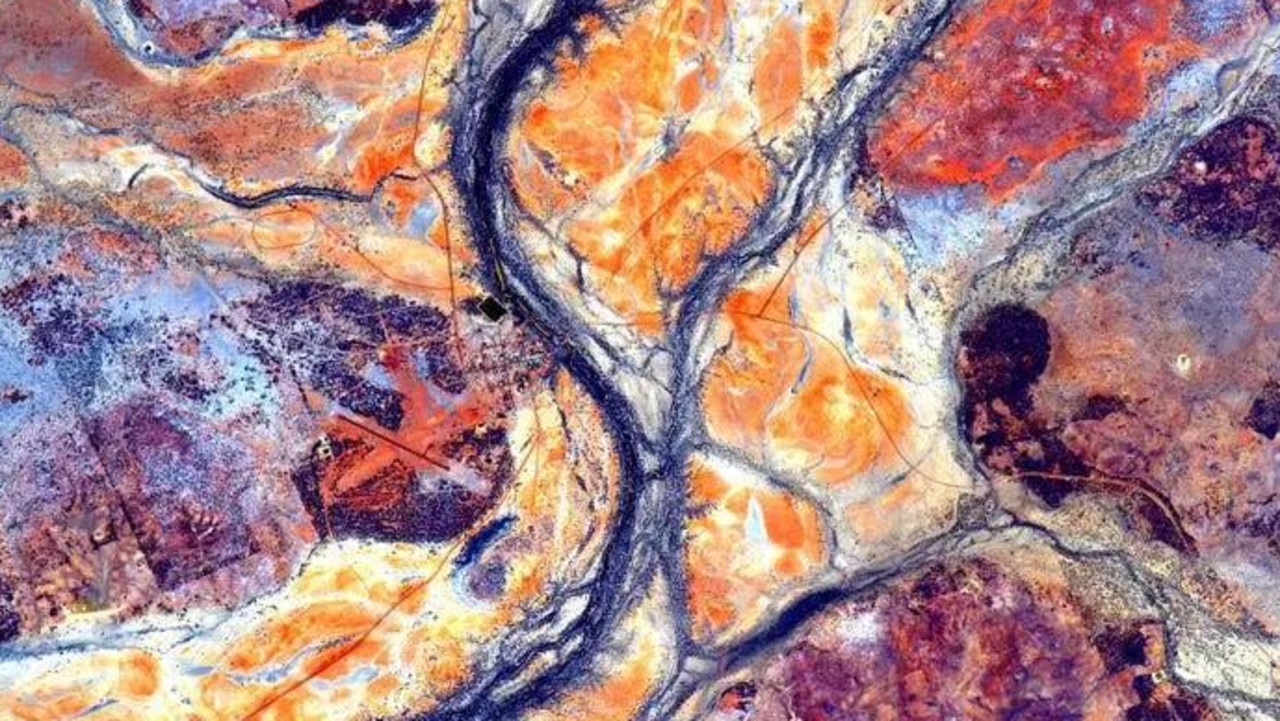

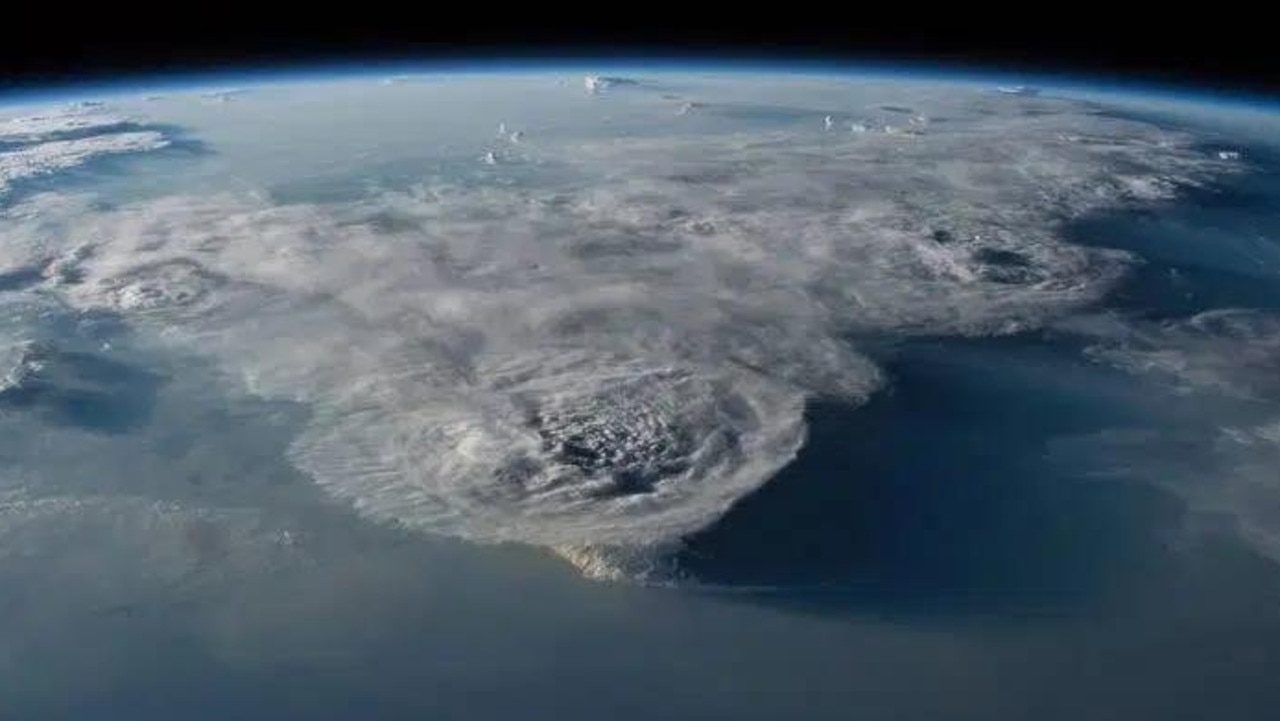

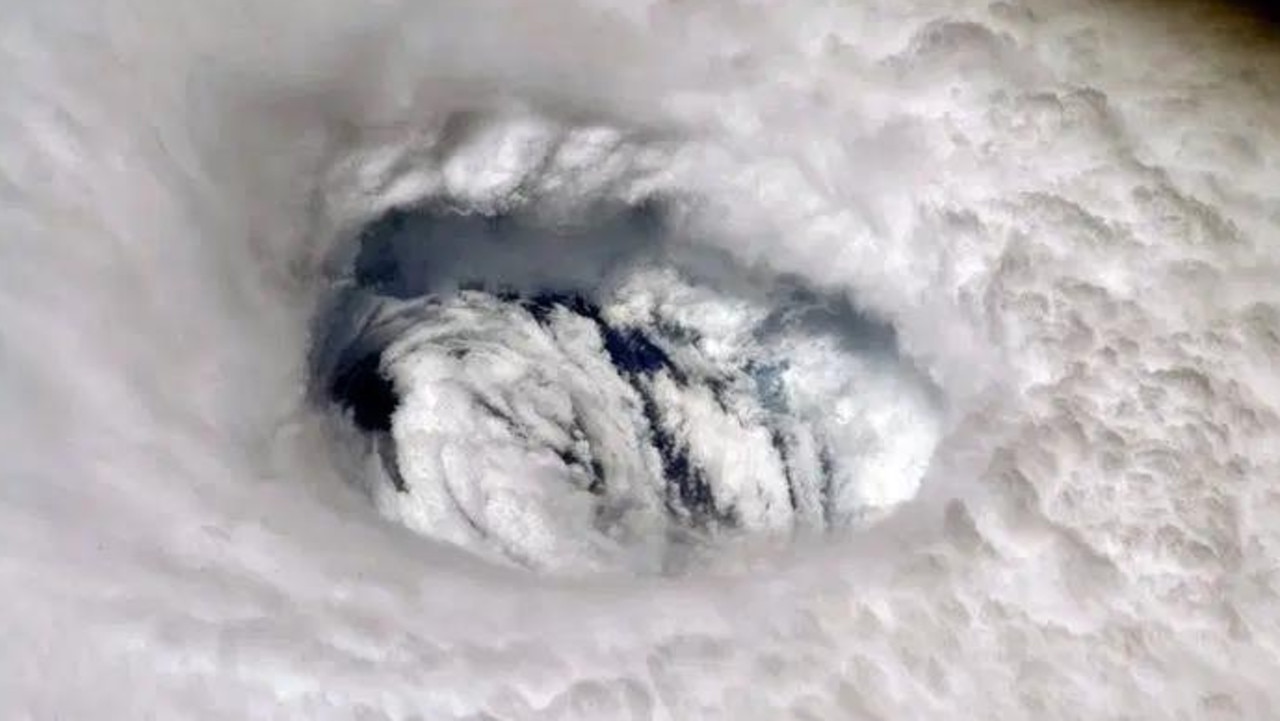

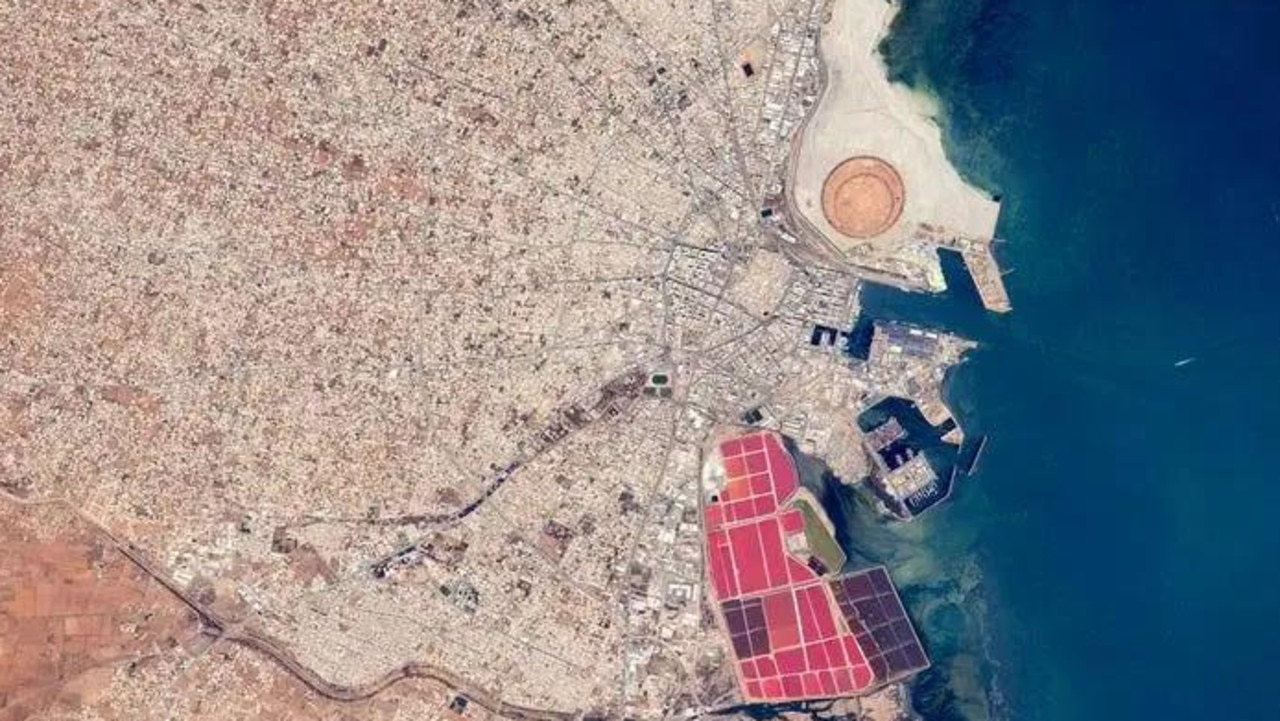
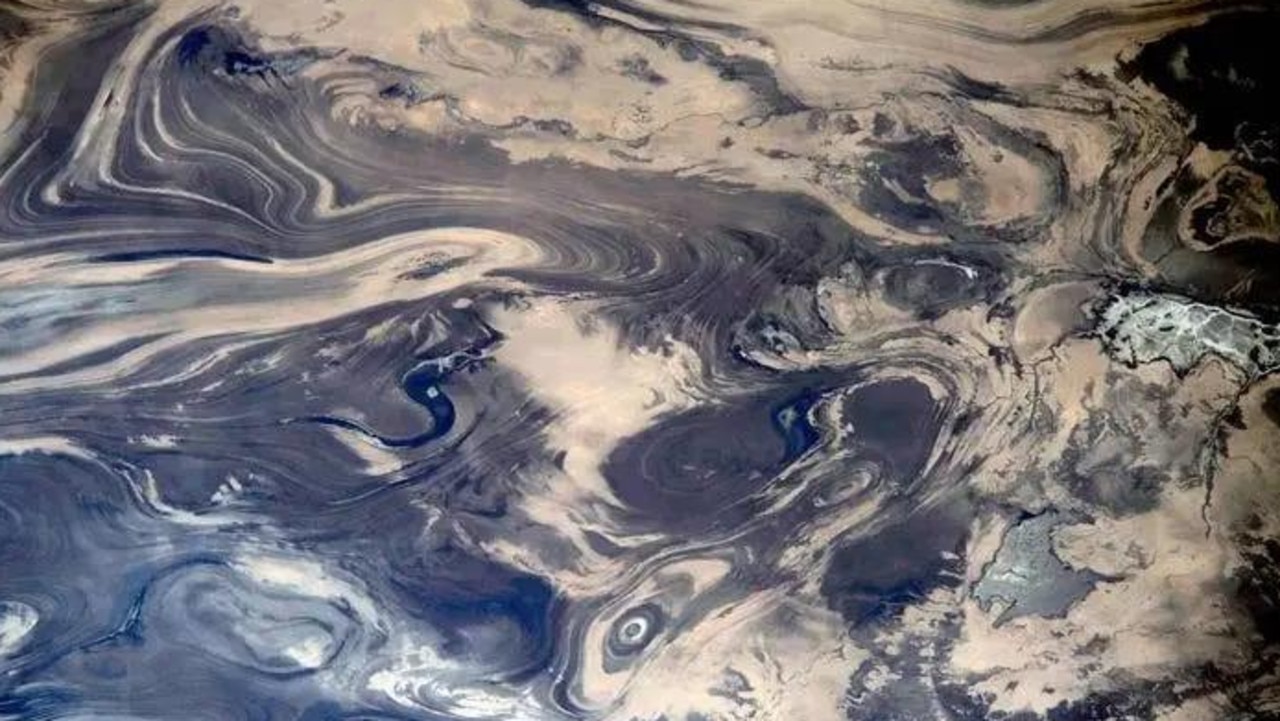
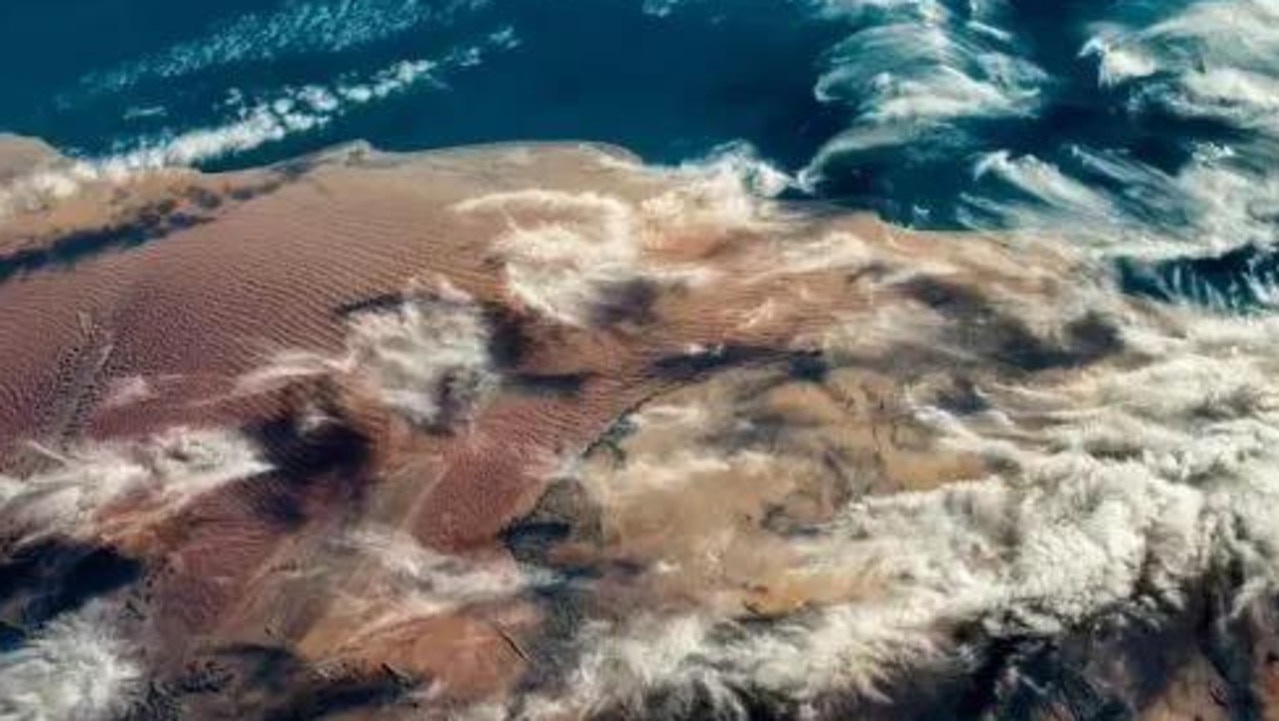
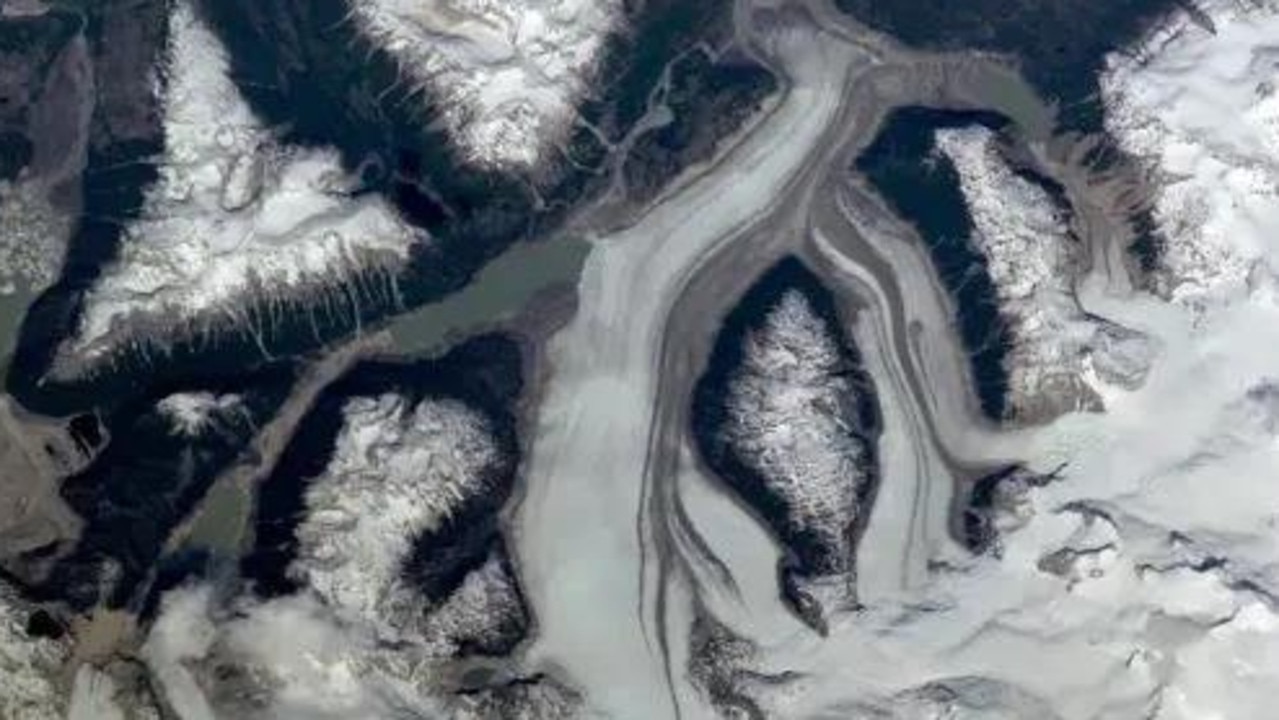
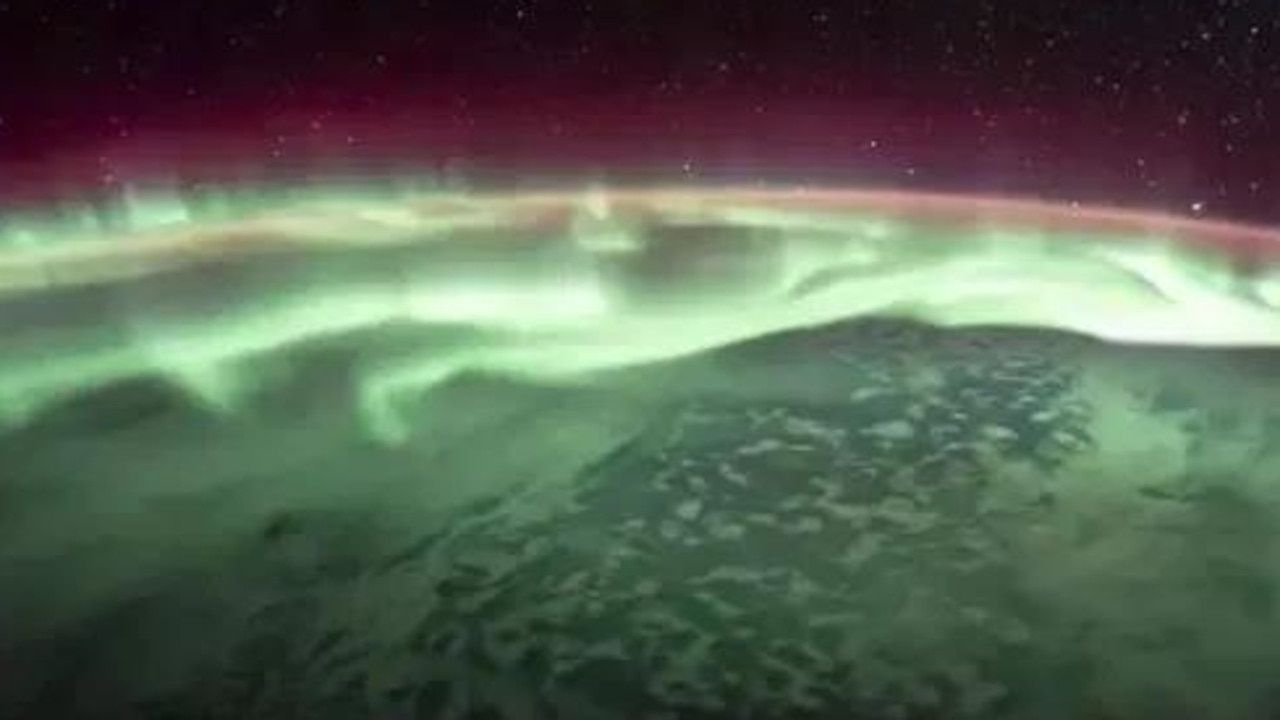

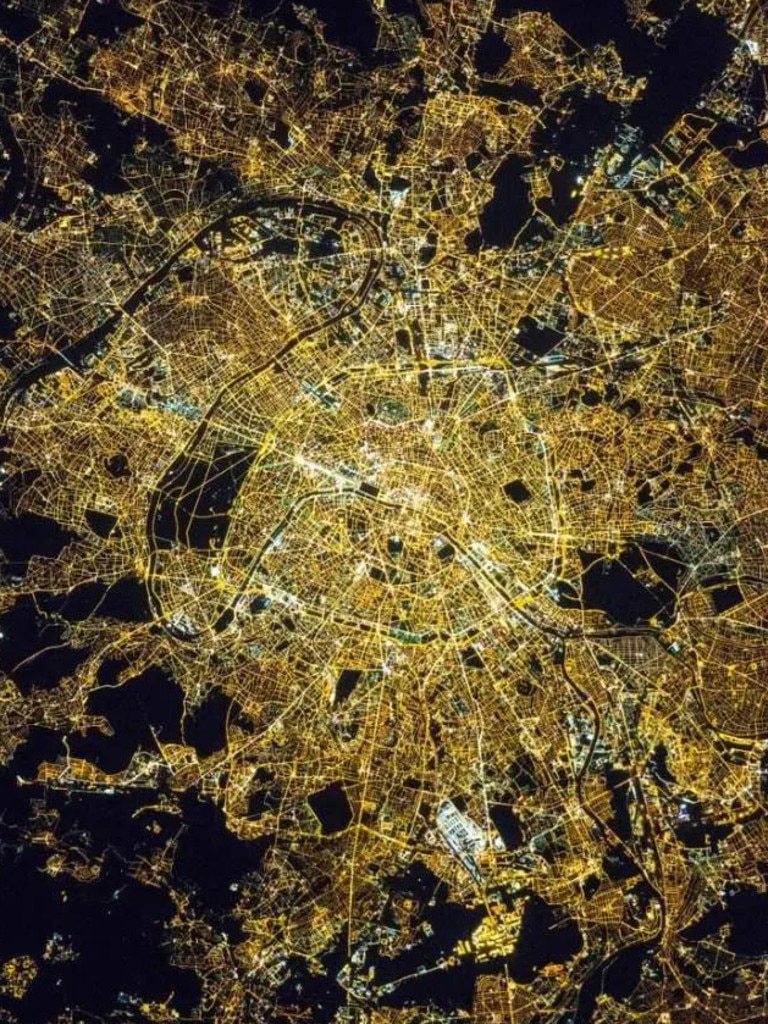
GLOSSARY
- genetically engineered: genes are changed to alter how it grows or functions
- beneficial: does good things; has benefits
EXTRA READING
Astronauts' blood flows backwards in space
Baking choc-chip cookies in space
Astronauts feast for Christmas in zero gravity
QUICK QUIZ
- Where was the ISS when the Dragon capsule arrived?
- Why have mice with big muscles been sent?
- Why have worms been sent to space?
- How many times has SpaceX made deliveries to the ISS?
- Where were the astronauts when they took these photos?
LISTEN TO THIS STORY
CLASSROOM ACTIVITIES
1. Create a Space First-Aid Kit
What Christmas presents would you give to an astronaut on the International Space Station? List two presents you think an astronaut who has been up in space for months would really love. Then, imagine that you are the astronaut who received your presents. Write a thankyou letter explaining why it is such a great present for you.
Time: allow 25 minutes to complete this activity
Curriculum Links: English, Science, Critical and Creative Thinking
2. Extension
Why do you think it is important to have technology that can sense astronaut’s emotions? Write down as many reasons and uses for this information that you can think of.
Time: allow at least 15 minutes to complete this activity
Curriculum Links: English, Science, Critical and Creative Thinking
VCOP ACTIVITY
Syl-la-ble Sleuth
A good way to find a syllable is to clap as you speak.
Search through the text. Make a list of all the adjectives you can find. Classify them into the number of syllables each word has.
For example: 2 syllables, 3 syllables, 4 syllables, 5 or more syllables.
Longer doesn’t mean better!
HAVE YOUR SAY: If you were an astronaut, what would you like sent up to the International Space Station? Which is your favourite photo?
No one-word answers. Use full sentences to explain your thinking. No comments will be published until approved by editors.

